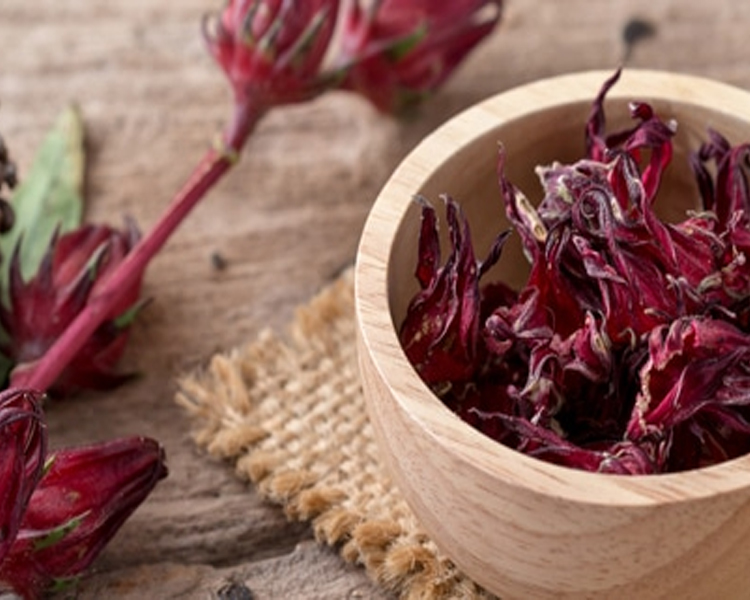Hibiscus
Hibiscus is a shrubby plant that can reach a height of about two meters. Its stems are red, and the part used is the calyces that surround the flower, which can be either dark red or light red after drying. it's a natural flower of the hibiscus family (sabdariffa), is cultivated in large quantities in western Sudan, near the cities of Um Ruwaba, Rahad in the Kordofan region, as well as near El Fasher and Nyala in the Darfur region. Over the years, Sudanese roselle has maintained its worldwide reputation for its quality, uniqueness, color, and flavor, distinguishing it from other varieties worldwide.
Scientific Name: Hibiscus sabdariffa L.
English Name: Roselle.
Family: Malvaceae.
Specifications of Hibiscus:
- Maximum Moisture Content: 15%.
- Vitamin C: 50-100 mg per 100 ml.
- Protein: Maximum 5%.
- Nitrates: Maximum 41%.
- Ash and Salts: Minimum 7%.
- Impurities: Maximum 2%.
- Sugars: 1.5 grams per 100 grams.
- Bark: 12%.
- Carbohydrates: 15%.
- Total Acids: 25-30%.
- Natural Color: Dark Red to Light Red.
More information.
Pharmaceutical, cosmetic, confectionery, and soap factories have started using the extracted coloring substances from the roselle flower in their products as a natural dye for medicines, food, and cosmetics.
- Hibiscus Hibiscus calyces contain glucosides, as well as coloring substances, calcium oxalate salts, vitamin C, and it turns dark red in acidic conditions due to the presence of betacyanin compounds. It also contains gelatinous substances.
- Hibiscus contains 15-30% plant acids (citric acid, malic acid, tartaric acid, acetic acid) and chemical components such as anthocyanins and quercetin.


